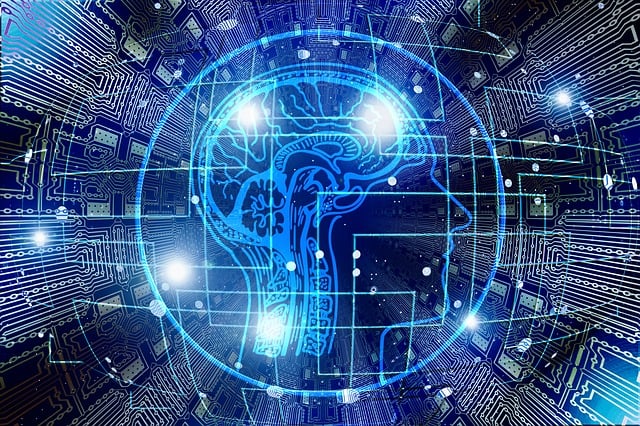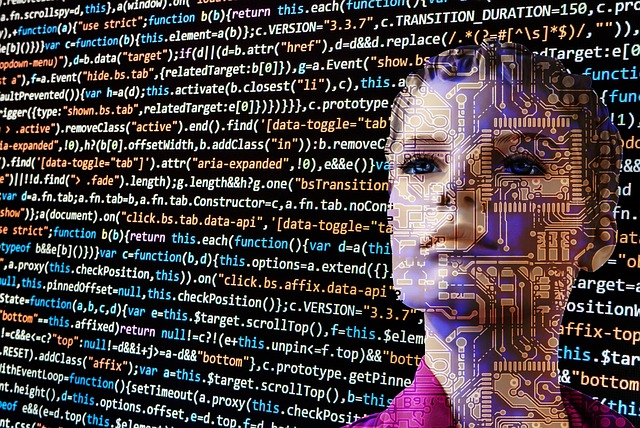7 AI Cyber security Threats You Should Be Aware Of

Evaluate the following AI Cyber security Threats for the future…

The rise of AI has been exponential. Artificial Intelligence is transforming various industries like healthcare, finance, marketing etc. Thousands of new AI apps launch every day.
Experts say that Artificial Intelligence (AI) has both negative and positive effects on cybersecurity. AI algorithms can be used to predict and find solutions to different cyber security threats.
According to a recent research, a typical data breach recovery is $3.86 million and a company need 196 days on average to recover from any data breach. So AI is vital for cyber security, as it helps in recognizing the patterns in data to enable security systems learn from past experience.
Top AI Cyber Security Threats
However, AI has also posed a risk to cyber security. With AI tools becoming cheaper and more accessible, the risks of artificial intelligence to cyber security are expected to increase rapidly in the future. Here is a list of the top seven AI cybersecurity issues you should be aware of:
| AI Cyber Security Threats | Explanation |
| Deepfakes | Artificial intelligence is used to create convincing image, audio and video hoaxes. They can be used to fraud, blackmail, propaganda, or misinform people. |
| Violation of Privacy | Mishandling private information, such as customer passwords can compromise user privacy, and is often illegal. Online activities, behaviors, or preferences can be tracked and exploited. |
| Data Tampering | AI can be used to deliberate modify (destroying, manipulating, or editing) data through unauthorized channels. Data manipulation can question the system’s integrity and reliability. It also affects quality and accuracy of the data used to train AI models. |
| Social Engineering | AI can be used to psychologically manipulate people into performing actions or divulging confidential information. It can be used for phishing, scamming or electoral manipulation |
| Adversarial Attacks | Malicious attacks on the data which may seem okay to a human eye but causes misclassification in a machine learning pipeline. These types of attacks focus on AI models’ flaws or limitations. |
| Autonomous Weapons | Autonomous weapon systems are any weapons that select and apply force to targets without human intervention. These AI-driven weapons can violate human rights and cause accidental casualties. |
| Cyber-Attack Preparation | AI can conduct cyberattacks autonomously, disguising their operations and blending in with regular activity. AI can easily spot behavior patterns and identify vulnerabilities on a personal level. |
Conclusion
Like any technology, AI can be used for good or malicious purposes. AI can be used to scale attacks at an unseen level of speed and complexity. Brute force, denial of service (DoS), and social engineering attacks are just some examples of threats utilizing AI.
You must take a holistic and proactive approach in order to use AI technology safely.